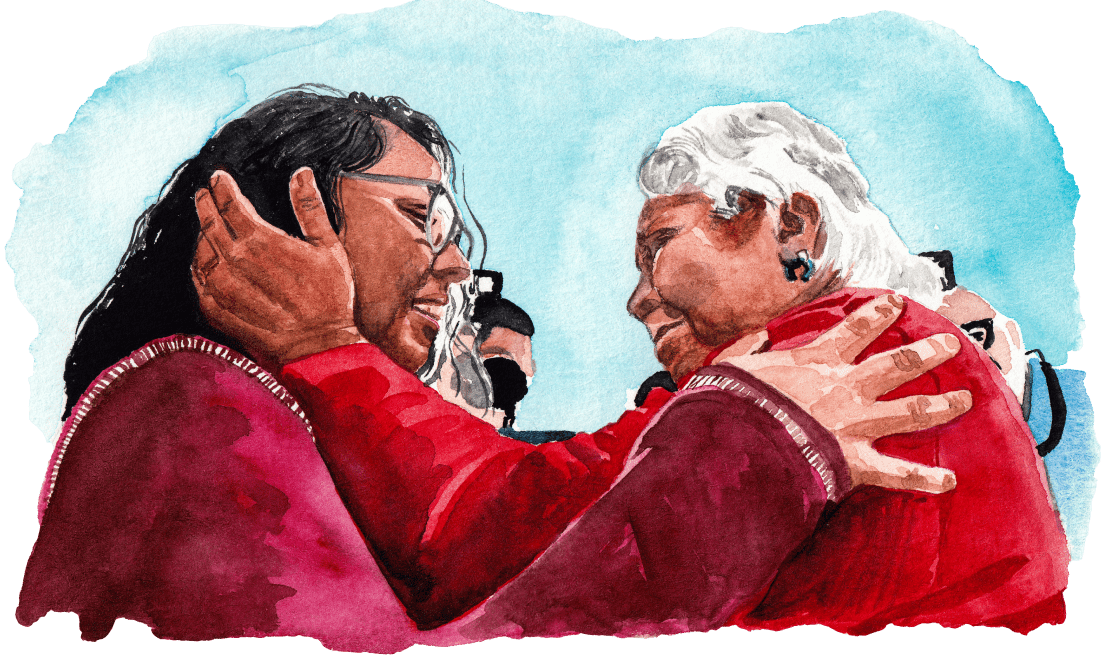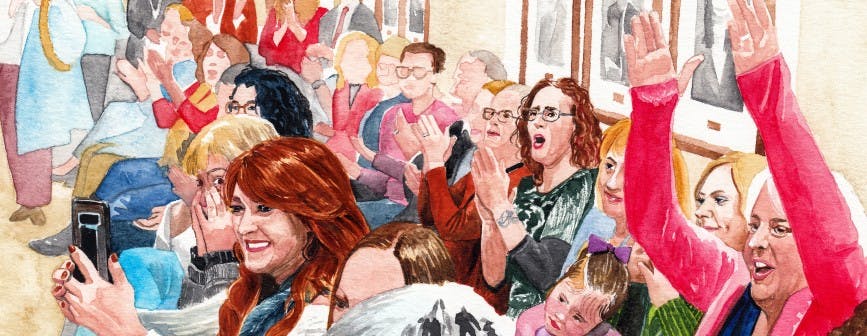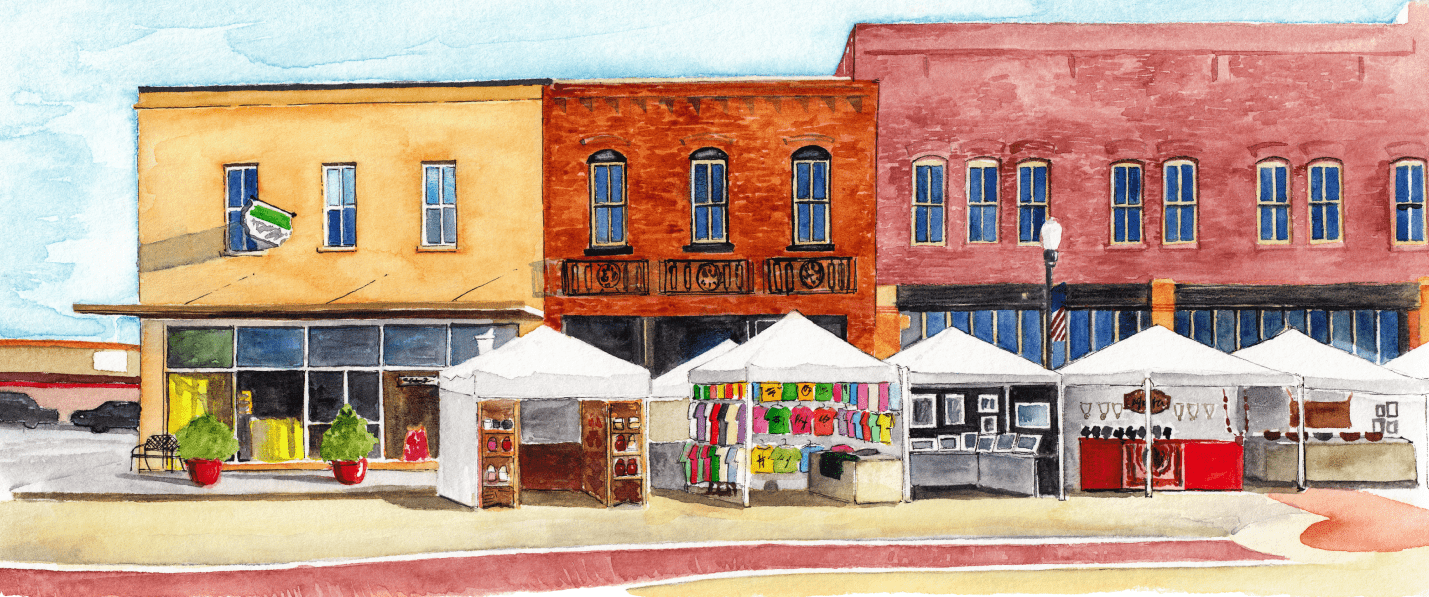Chapter 1
Progress
Oklahoma’s Reform Story Continues to Be Written
At the end of 2016, Oklahoma had the highest incarceration rate in the country, with Oklahomans 65% more likely to be in jail or prison than someone who lived in another state. Recognizing that these high rates of incarceration were not making Oklahoma safer, more just, or more productive, voters and policymakers started to make long overdue changes to the criminal justice system.

July 2017
State Question 780 and 781 go into effect
On July 1, 2017, SQ 780 and SQ 781 went into effect. SQ 780 reclassified simple drug possession and some low-level property offenses as misdemeanors that can no longer be punished with a prison sentence. SQ 781 required prison savings from SQ 780 to fund county-based mental health and substance use treatment. These important reforms were approved by a majority of Oklahoma voters to reduce penalties and reinvest the savings into community treatment.


February 2018
The Oklahoma County Criminal Justice Advisory Council (CJAC) is formed
April 2018
Oklahoma legislators pass slate of sentencing, parole, and reentry bills that safely reduce sentences
Oklahoma’s sentence lengths were far longer than the national average. Because of the Republican-led law changes, people served shorter sentence lengths in Oklahoma without compromising public safety.

May 2018
Project Commutation launched
Project Commutation was a push by community leaders, advocates, and law students at the University of Tulsa to help people with excessive sentences— sentences that would not be legal under current law or were clearly excessive by any moral standard — seek relief. This campaign led to the successful commutation of sentences for 28 people in December of 2018. Governor Fallin signed the commutations in time for them to return to their communities and families before the holidays. Project Commutation continues to help people facing excessive sentences.
October 2018
Tulsa County starts bond docket
February 2019
New Pardon and Parole Board (PPB) members appointed
May 2019
Legislature passes and governor signs HB 1269
November 2019
Governor Stitt approves the release of over 400 people in prison for simple possession and low-level theft
On November 1, 2019, the Oklahoma Pardon and Parole Board voted to recommend the commutation of sentences for hundreds of Oklahomans made eligible for a special commutation docket by HB 1269. This docket was promptly signed by Governor Kevin Stitt, which resulted in the release of 462 Oklahomans (a total of 1,931 years commuted) to be reunited with their families and communities.

March 2020
COVID-19 causes prison population reduction
In response to the COVID-19 pandemic, and the increased risk of transmission among incarcerated individuals in prison facilities, Oklahoma halted admissions to its state- and privately-run prison facilities for the second half of March and for all of April and May 2020. For several months thereafter, admissions resumed at a decreased rate.
The DOC population dropped by nearly 900 people in the 15 weeks after the COVID-19 emergency declared.
May 2021
Oklahoma legislators pass Sarah Stitt Act and expand medical parole
May 2021
Tulsa County launches misdemeanor diversion program
Fall 2021
Oklahoma County launches misdemeanor diversion program
November 2021
Governor Stitt commutes Julius Jones’ sentence
May 2022
Slate of reentry bills pass
June 2022
Oklahoma County voters approve funds for new jail
Oklahoma simultaneously reduced crime and the prison and jail populations



Smaller, Better, Fairer, Safer
Continuing to Turn the Page on Oklahoma’s Story
The improvements that have been made to the criminal justice system in the last five years show that progress is possible. Voters and policymakers have taken the first steps, but more work remains to safely reduce Oklahoma’s incarceration rate and strengthen its economy, communities, and families.